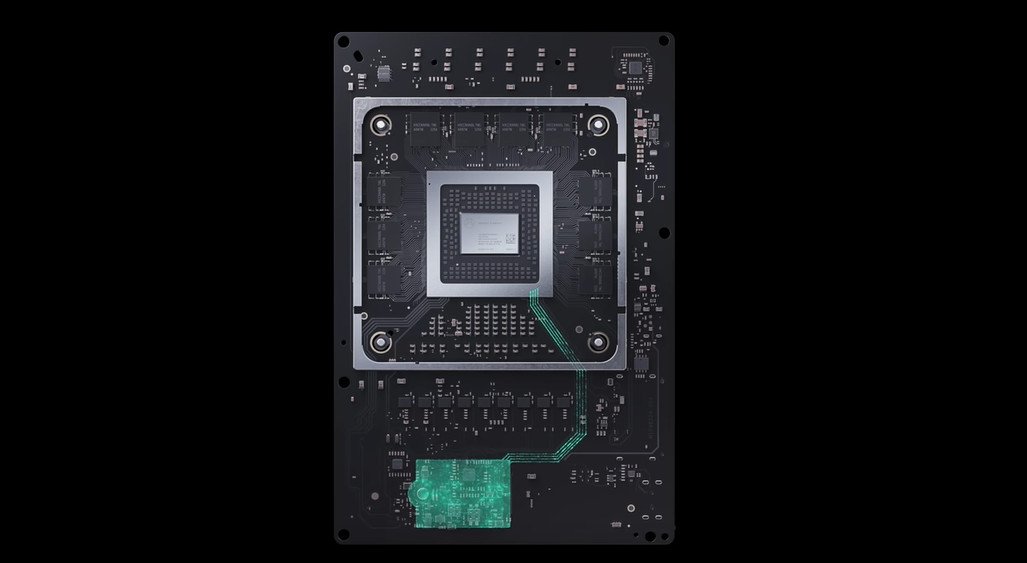| eva01beserk said: I looked into the direct storage and I never claimed the ps5 had 4 extra PCIE4 lanes, I said it had 4 PCIE4 lanes ... |
You wrote, PS5-SSD has "4 extra PCIE4.0 lanes"... extra is suggesting 4 more than the standard.
| eva01beserk said: ... and the xbox has none. What xbox claims as direct storege is an API solution but that again is more software. |
Both the internal and the external Xbox-SSDs have PCIE4 lanes directly to the APU:


https://www.windowscentral.com/xbox-series-x-nvme-ssd-explained
Beyond loading speeds, though, Microsoft is developing new methods developers can leverage to utilize the SSD to reduce CPU overheads. Using what Microsoft is calling DirectStorage, developers on Xbox Series X (and soon, PC, as part of DirectX), developers can offload asset streaming CPU operations to the SSD, reducing the load on the CPU by a large amount. Microsoft describes it as follows.
"DirectStorage is an all new I/O system designed specifically for gaming to unleash the full performance of the SSD and hardware decompression. It is one of the components that comprise the Xbox Velocity Architecture. Modern games perform asset streaming in the background to continuously load the next parts of the world while you play, and DirectStorage can reduce the CPU overhead for these I/O operations from multiple cores to taking just a small fraction of a single core; thereby freeing considerable CPU power for the game to spend on areas like better physics or more NPCs in a scene. This newest member of the DirectX family is being introduced with Xbox Series X and we plan to bring it to Windows as well."
https://www.eurogamer.net/articles/digitalfoundry-2020-inside-xbox-series-x-full-specs
On the hardware level, the custom NVMe drive is very, very different to any other kind of SSD you've seen before. It's shorter, for starters, presenting more like a memory card of old. It's also rather heavy, likely down to the solid metal construction that acts as a heat sink that was to handle silicon that consumes 3.8 watts of power. Many PC SSDs 'fade' in performance terms as they heat up - and similar to the CPU and GPU clocks, this simply wasn't acceptable to Microsoft, who believe that consistent performance across the board is a must for the design of their consoles.
The form factor is cute, the 2.4GB/s of guaranteed throughput is impressive, but it's the software APIs and custom hardware built into the SoC ...
"Our second component is a high-speed hardware decompression block that can deliver over 6GB/s," reveals Andrew Goossen. "This is a dedicated silicon block that offloads decompression work from the CPU and is matched to the SSD so that decompression is never a bottleneck. The decompression hardware supports Zlib for general data and a new compression [system] called BCPack that is tailored to the GPU textures that typically comprise the vast majority of a game's package size."


















